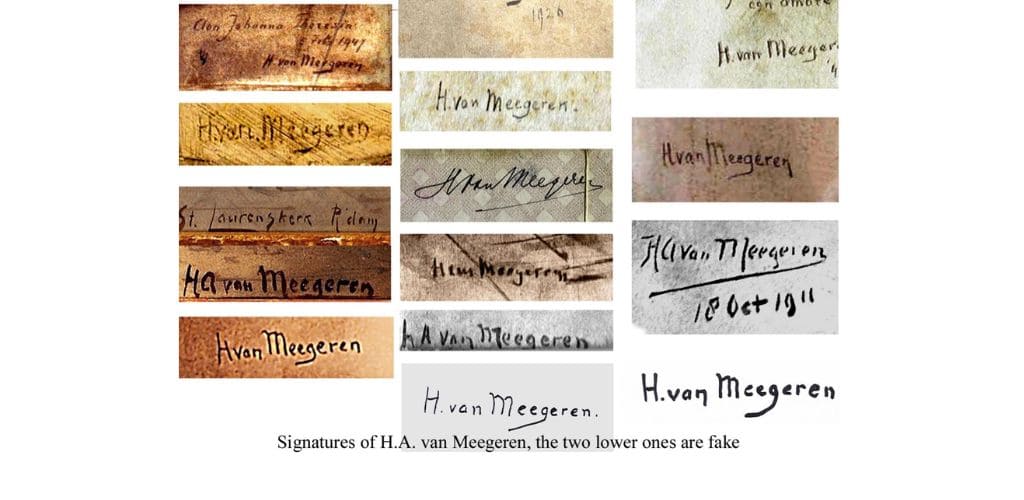The US Patent and Trademark Office (USPTO or Office ) has issued a final order terminating 3,100 patent applications for intent to deceive the Office via fraudulent “S-signatures.”
As the USPTO explains,
Under the patent rules (37 CFR 1.4), signatures on papers submitted to the USPTO must be personally inserted by the named signatory, and the USPTO may require evidence of the authenticity of a signature. Submission of papers for any improper purpose, such as to deceive the USPTO or evade the rules, may result in sanctions (37 CFR 11.18).
According to a news alert issued by the USPTO,
In October 2022, the USPTO contacted a practitioner whose signature appeared on a large number of micro entity certification forms received by the agency. Upon further investigation, with the cooperation of the practitioner, it was discovered that the signature of the practitioner was being used by another person.
As the USPTO explained in its Final Order,
An individual [appearing before the USPTO] must be a registered practitioner, or be given limited recognition in a specified application, in order to represent others before the USPTO in patent matters. … Additionally, for all applications in which the applicant is a juristic entity (e.g., a company or organization), the applicant is required to be represented by a registered practitioner.…
As the USPTO notes,
Inventors, authorized practitioners and “every other person who is substantively involved in the preparation or prosecution of the application” has a duty of candor and good faith. … A proper signature, that is, one that complies with USPTO Rules, identifies an individual who bears that duty.
As the Final Order described,
Filing(s) containing the purported S-signature of the practitioner were submitted on applicant’s behalf by Dr. Yu “Mark” Wang (“Mark Wang”) or another individual associated with Mark Wang or his firm, Wayne & King IP (“W&K IP”). Mark Wang is not currently and has never been a registered practitioner, and also is not and has never been licensed to practice law.
When the USPTO sought more information,
The practitioner provided information … that she did not sign such documents, nor did she prepare or review them before they were filed with the USPTO, and she did not know about numerous patent documents bearing her purported S-signature having been filed with the USPTO…
As the USPTO noted,
The United States Supreme Court has recognized the significant public policy interest in prohibiting the enforcement of patent claims which are infected with fraud, deceit, or inequitable conduct.
In the 1945 case of Precision Instrument Mfg. Co. v. Auto. Maint. Mach. Co., the US Supreme Court held that
The far-reaching social and economic consequences of a patent, therefore, give the public a paramount interest in seeing that patent monopolies spring from backgrounds free from fraud or other inequitable conduct and that such monopolies are kept within their legitimate scope.
Other patent-related ethical violations include making a material misrepresentation to the USPTO and “causing the USPTO to expend resources in processing applications which are infected with fraud, deceit, and/or inequitable conduct.”
Penalties for such ethical violations can include termination of patent prosecution proceedings, without the ability to revive an application.
Thus, it can be disastrous for an inventor to work with someone who isn’t qualified to practice before the USPTO or who violates its rules.
The USPTO, via its Office of Enrollment Discipline, has a list of registered practitioners who may properly assist patent applicants, as well as a list of disciplined practitioners. Also, the USPTO provides on its website tips on how to identify and avoid common scams.
Common scams include invention promotion firms that take money from would-be inventors based on often-dubious promises to patent and market their inventions. As the USPTO explains,
Every year independent investors pay thousands of dollars to unscrupulous invention promotion firms. These firms make false claims about market potential and exaggerate promises to obtain valuable patents but ultimately provide little or nothing of value.
Just like the haiku above, we like to keep our posts short and sweet. Hopefully, you found this bite-sized information helpful. If you would like more information, please do not hesitate to contact us here.


